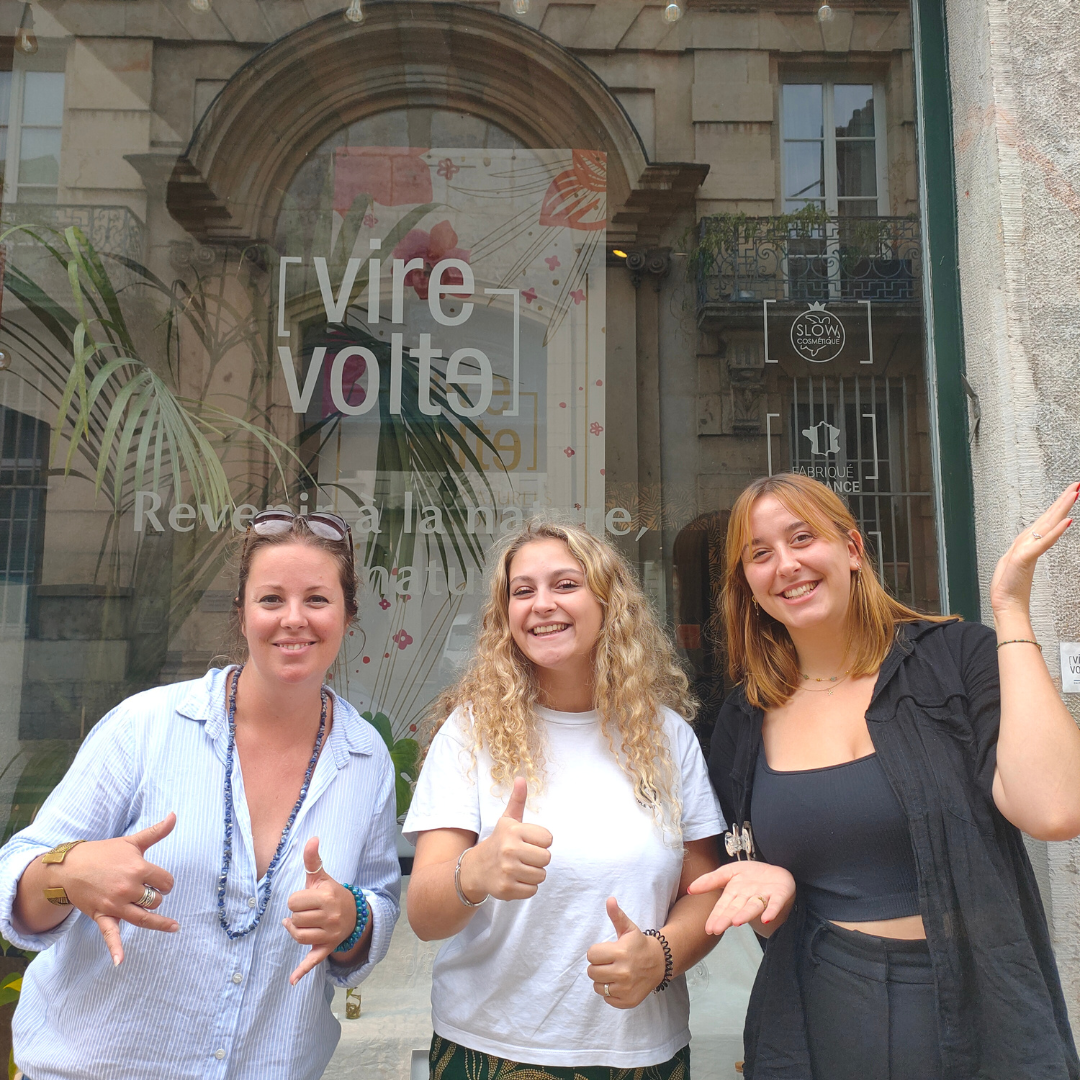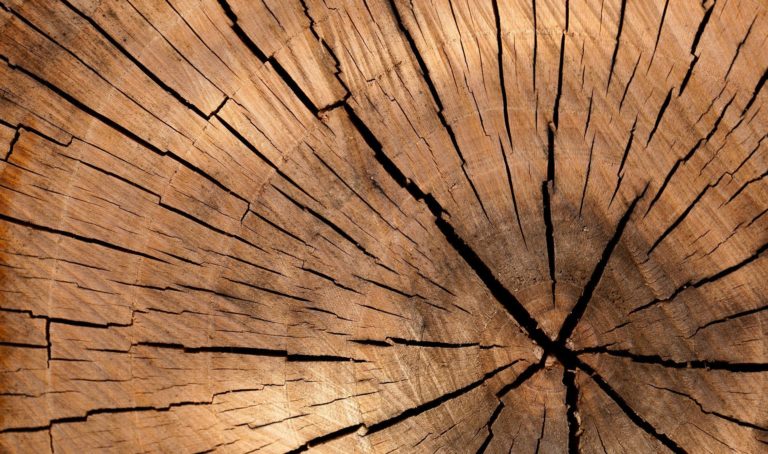
The wooded family brings together perfumes whose main accord is made up of notes of warm and opulent woods such as sandalwood or dry woods such as cedar. These are base notes, they give a trail in the composition of a perfume. These accords are often accompanied in the top notes by Citrus and in the heart by aromatics. They define a certain elegance.
Benzoin, Styrax benzoin, Styrax tonkinensis, Dryander, Styracaceae
Originally
Originally from Sumatra, Borneo, Malaysia, Laos and Cambodia, Benzoin was unknown in Europe during Antiquity. This resin quickly took on a significant value. She figured in the diplomatic presents. It was the Chinese who began to market it first.
Of the history
It was the great Arab physician Ibn el Battuta, who first spoke of it during his trip to Sumatra, in 1325 and 1349, on the island of Jawa, he gave the name "luban el Jawi" to benzoin. It was the Arabs who took over the trade in Benzoin from Sumatra, the first known, and who brought it to Egypt. Benzoin from Laos is the best and has a vanilla, balsamic smell. It presents itself in whitish tears and blushing to the outside air.
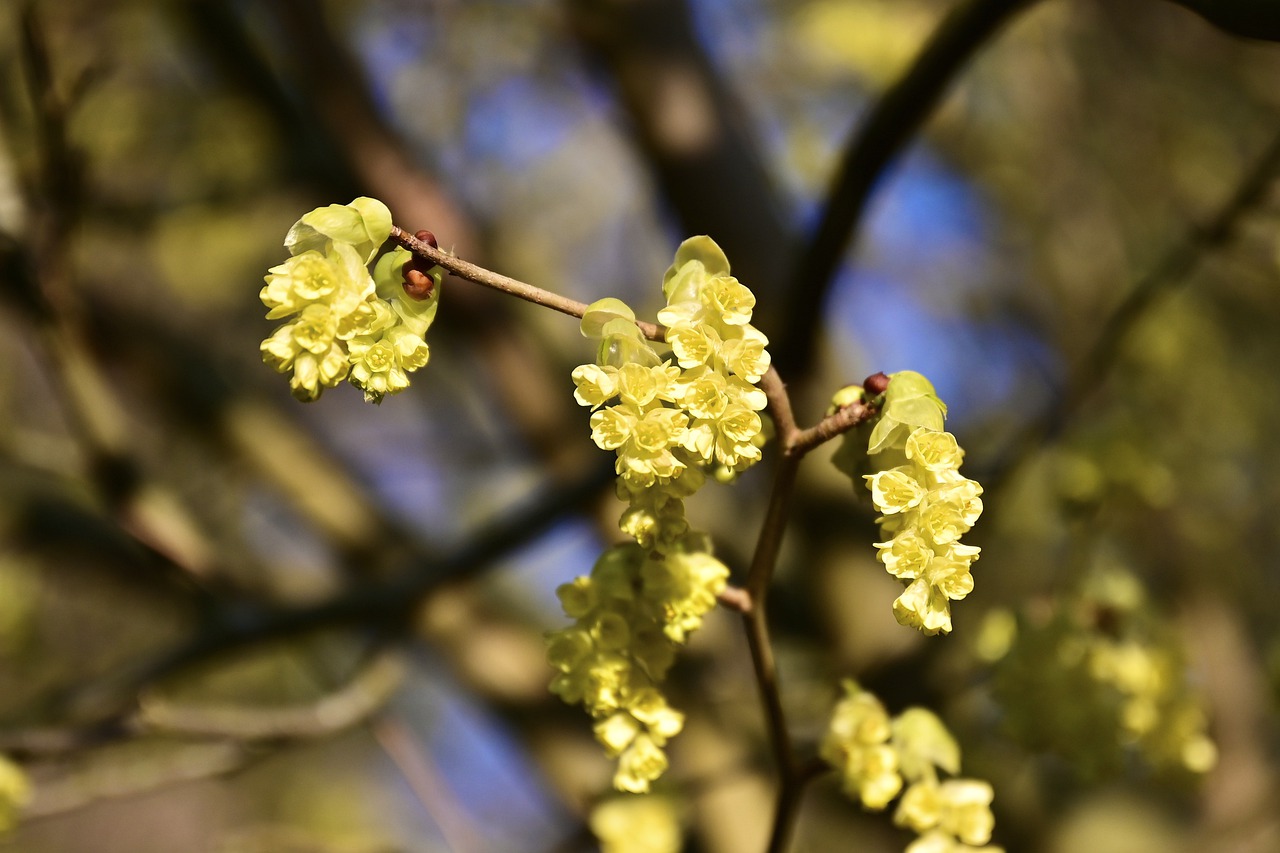
Uses
Benzoin is mixed with Frankincense, Myrrh to be burned in religious rituals. At the end of the 90th century, Auguste Ponsot discovered that in Armenia, the inhabitants perfumed and disinfected their houses by burning Benzoin. He partners with a pharmacist to market this practice. Together they discover that by dissolving the tears of benzoin in XNUMX° alcohol, a pleasant, persistent smell is obtained. The idea will be to impregnate blotting paper with it, which will burn without creating flames, while restoring the original smell of Benzoin. It is the paper of Armenia.
A bit of botany
Benzoin from Siam, present-day Cambodia and Laos, is extracted from Styrax tonkinensis. Between October and December, when the tree loses its leaves and bears fruit, an incision or tapping is made on the trunk. The bark that remains attached serves as a resin pocket. The production is then done by scraping "the tears" that have formed with a yield of 400 to 600gr. per tree. Benzoin from Indonesia (Sumatra, Java) has a longer cultivation cycle (25 years) and its recovery method is the same.
Its mode of extraction
These two trees give tears which are extracted by organic solvents.
In perfumery
Perfumery uses the two Benzoins, that of Sumatra and that of Laos, as fixatives. Benzoin is used to round off amber and vanilla compositions. It has a tender, caramelized fragrance. It is used in small touches because its note is quite powerful, greedy.
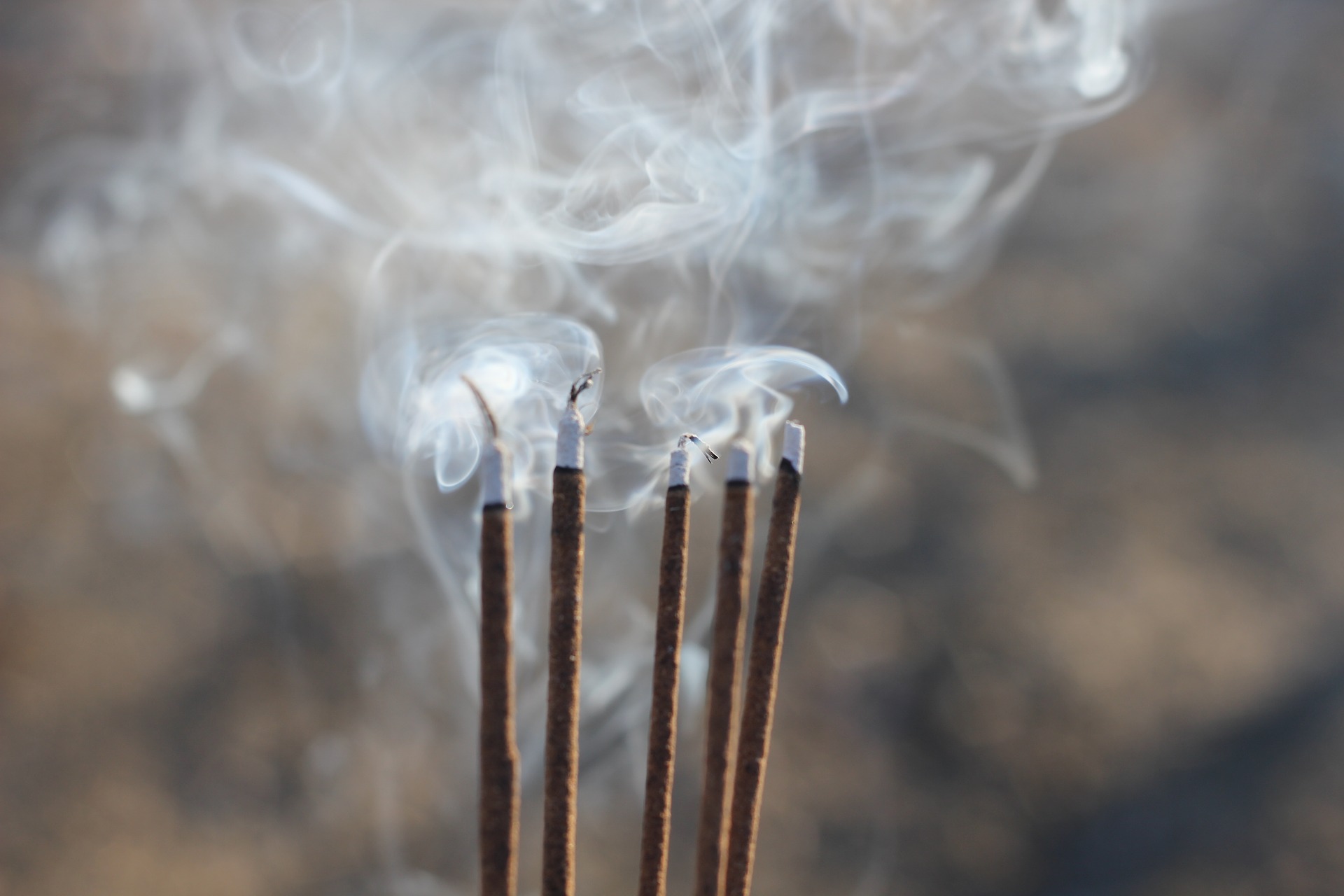
Agarwood, Aquilaria agallocha, Aquilaria malaccensis, Thymelaceae
Originally
It has several names depending on its country of origin, its culture. Called Oud in Arab countries, wood of eagle or aloes in the West and in Anglo-Saxon countries. Agarwood in India where it is grown in the Assam region. Harvested in the forests of Southeast Asia by populations of hunter-gatherers, these woods have been the subject of active trade with the Far East for three millennia. Oud wood is recognized for its "divine" properties, it is claimed that when burned it gives off an aroma that brings peace of mind and promotes meditation. This is why Buddhist monks use it because it brings a connection between the functions of the body and the mind. Oud wood is an exceptional species that was long considered more precious than gold.
Of the history
Agarwood is cited in Sanskrit texts, in Ayurveda for surgical medicine. The Buddhists used it to make their mâlâ, these long rosaries of 108 seeds. In France, Louis XIV soaked his clothes in rose water obtained with a distillation of roses made with boiled water in which Oud wood had been soaked. At the end of the XNUMXth century, in Europe, Oud wood supplied, through steam distillation, a fragrant essence which, mixed with a little rose, gave an excellent smell of lemon blossoms. Nowadays, the essence of this wood is highly sought after, it is the most expensive, it is even listed on the stock exchange, from day to day, because its production is fluctuating. It is a resin that only appears on certain trees when they are sick, ie infected with fungi. It is sold in three forms: long shavings, powder or essential oil.
A bit of botany
They are large trees whose wood is impregnated with an aromatic resin which acquires an increased fragrance by the presence of fungi. They grow in warm moist environments, bordering on swamp. The resin develops due to several factors:
Either crudely: when the wood cracks following natural events such as wind, storm, animal scratches or parasitic insect attacks. The wood will then secrete resin called "calambac" to heal its wounds.
Either by ripening: when the tree ages, its fibers break and create resin. These fibers by mixing with the resin, will solidify to form a hard and dark wood from which the resin will flow.
Either by removal: Following an infection often due to a parasite (style fungus), parts of the tree can become detached. These pieces are usually loaded with resin.
Either by fungal formation: The wood is then attacked by fungi producing moss on the outer part of the tree. In order to protect itself, the tree will secrete resin. It is therefore always a way of protecting itself that the tree produces its tears, this “calambac”.
Its mode of extraction
The essential oil is obtained by hydrodistillation. Seventy kg of wood provide 20 ml of essential oil.
In perfumery
Always on the lookout for new scents, Oud wood is sold in the form of essential oil to the cosmetics industry, which has been looking for it for more than forty years. Its slightly smoky and balsamic scent goes very well with sandalwood or amber. It belongs to the oriental family. It is resolutely a base note that accompanies heady florals such as rose or tuberose. Inhaling it improves the reception of the senses, opens the mind while calming the main functions of the human body.
Cedar, Cedrus atlantica, Manetti, Cedrus libani, Juniperus mexicana, Schiele, Juniperux virginiana, L. Pinaceae
Originally
Witness of biblical times, the Cedar would be the only tree that God planted with his hands. The tree is linked to the three major religions of the Middle East. For Judaism, it was chosen to build the temple of Solomon, in Jerusalem in the year 1000. For Christianity it is the holy tree, and for Islam, the Cedar is the pure wood.
Of the history
The ancient Egyptians used it in embalming oils like juniper, a common shrub throughout the Mediterranean. It entered into the composition of potpourri. Reputed to be rot-proof, Cedar has long been used in shipbuilding. During Roman times, Vitruvius, the architect of Augustus, tells us that they coated the sheets of papyrus written with cedar oil to preserve them from insects.
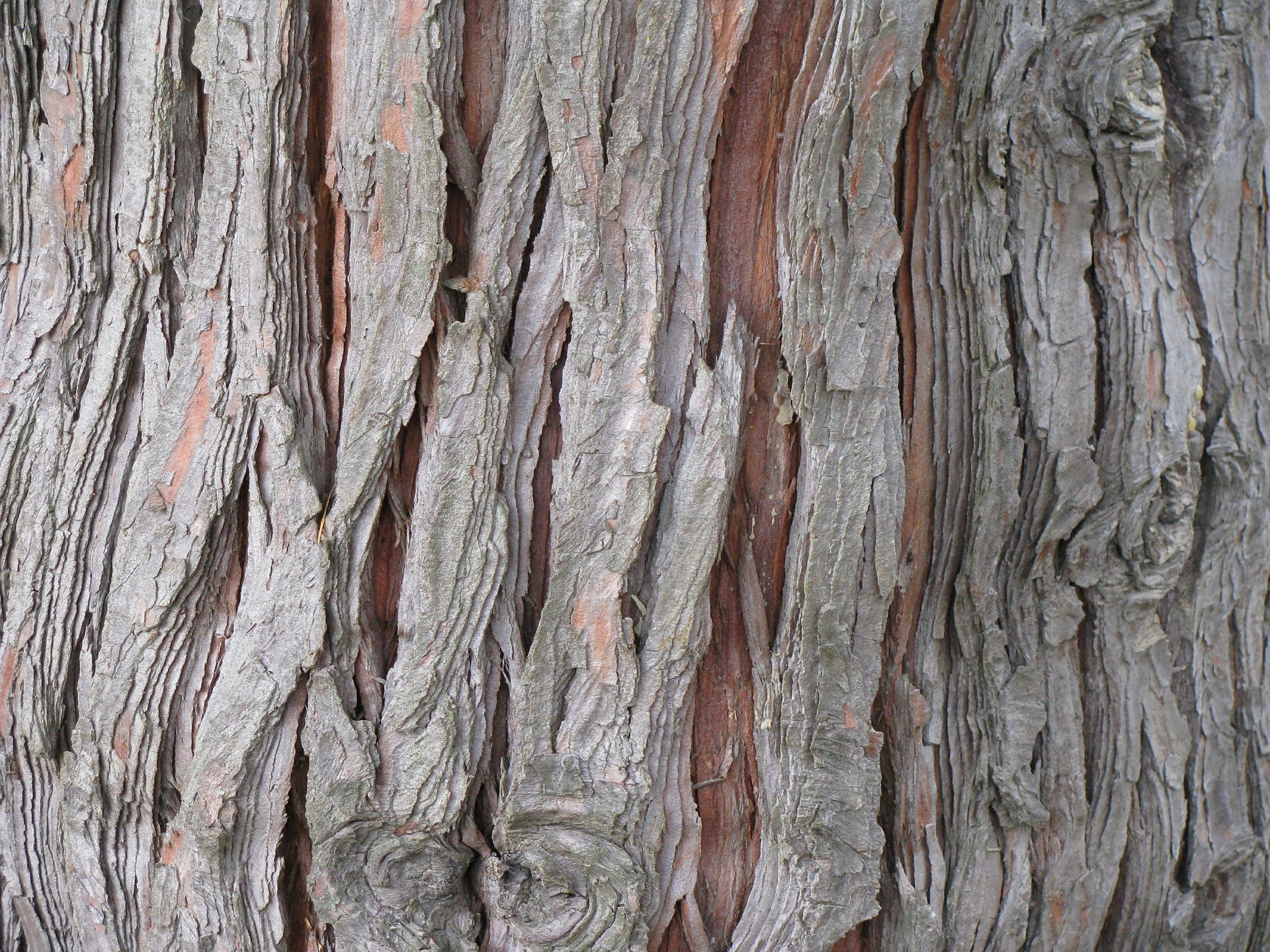
These oils were obtained either by distilling the wood, or by decoction in the oil then macerated for a few months. Its sweet and woody smell has made the reputation of small jewelry boxes, made with precious cedar wood. Cabinets and cupboards often house slices of cedar wood whose aromatic scents keep moths away.
A bit of botany
The cedar called atlantica is the cedar of the Atlas, found in Morocco and Algeria, the cedar called libani is that of Lebanon. That of Lebanon has become a protected species, due to a very small population due to the very old exploitation that has been made of it. The first specimen planted in England dates from 1731. Currently in France, we see large areas replanted with Cedars to maintain and safeguard the species, as in Provence in the Parc du Lubéron or on the Montagne de Lure, which has become a site UNESCO protected.
Its mode of extraction
The Cedar naturally lets small tears exude from its bark with a lemony smell, very pleasant, close to that of Sandalwood. After reducing the wood to sawdust, it can be either steam distilled and then provides a colored liquid with a woody smell or extracted with organic solvents, ethyl alcohol or ether which gives us a more colorful extract with a consistency firmer and which will then be washed again, with alcohol to obtain an absolute. The essential oil obtained after steam distillation is supplied today by Morocco.
In perfumery
It is one of the essentials in perfumery. Like all woody notes, it is a base note. Its smell is sweet and woody. An old memory linked to childhood, that of the school pencil. A more mysterious, more hidden note, which reveals itself more slowly than that of other woody notes.
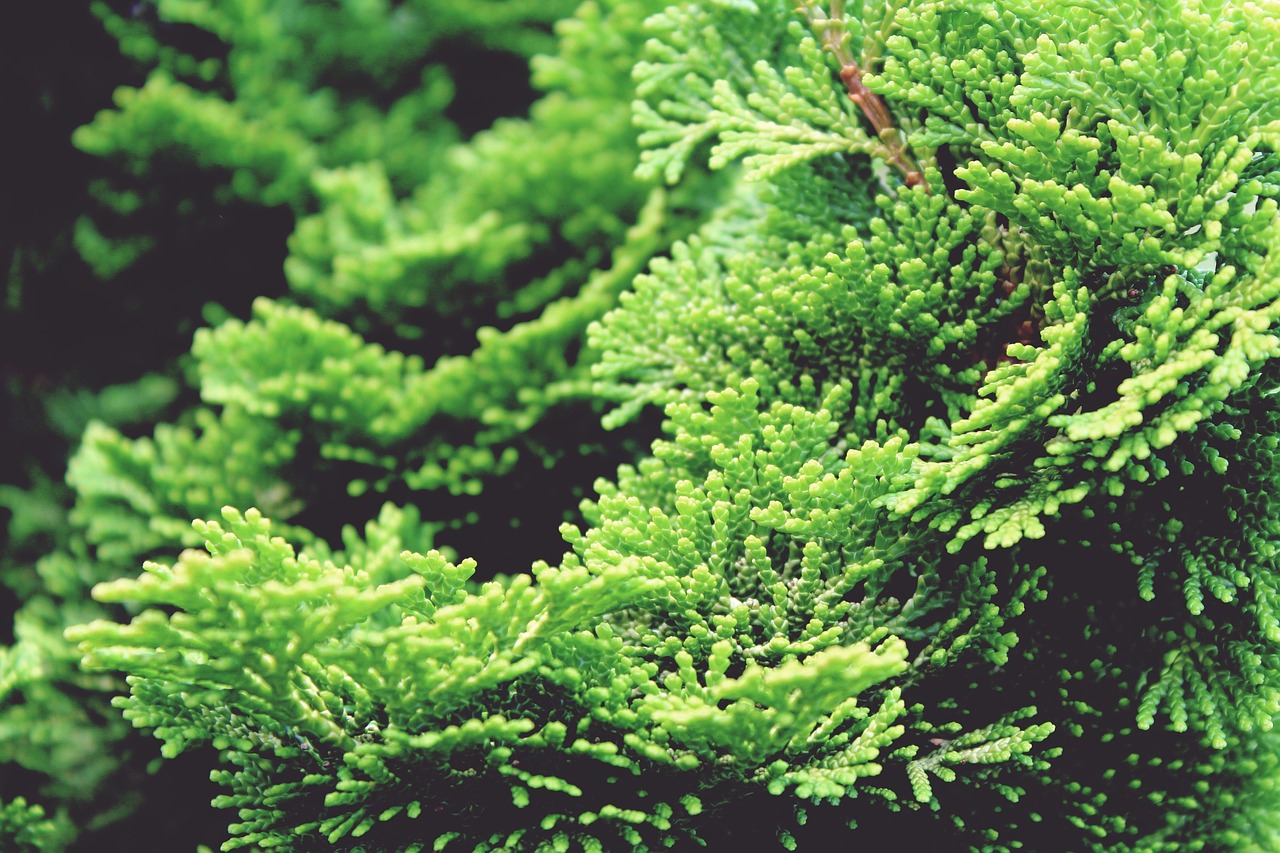
Cypress, Cupressus sempervirens, L. Cupressaceae
Originally
It would be native to the eastern Mediterranean. It is found from Iran to Portugal, where it is a landscape marker. In the Greek world, the cypress is dedicated to Artemis, Apollo's sister, protector of doors and passages (including childbirth). This could explain the old custom of signaling with two cypresses the entrance to a dwelling in a good part of the Mediterranean world. In mythology, Cyparissus friend of Apollo, who had inadvertently killed his favorite deer died of grief. Apollo, to immortalize it, would have changed it into Cypress. Its evergreen foliage would symbolize immortality, which would tell us not to forget our dead. It then symbolizes the tree of the dead and of sadness. Which would explain its presence in cemeteries. On the Persian miniatures representing gardens, we always see the silhouette of a Cypress.
Of the history
In 1500 BC. our era an Assyrian text mentions the use of cypress in the itching and pain of the foundation (hemorrhoids). Dioscorides (Greek physician) in the XNUMXst century AD testifies that Cypress wood was burned in hospitals to purify the air.
A bit of botany
The Mediterranean cypress can live a millennium and reach imposing dimensions. Its foliage is evergreen dark green. Its bark is thin, fibrous, often giving it a "braided" look. Flowering occurs in December-January. The fruits, closed cones are formed in early summer they are initially green in color and do not mature until the winter of the following year, when the scales begin to separate, releasing the seeds.
Its mode of extraction
By hydrodistillation of its leaves and branches, a yellow essential oil is obtained. In French perfumery, the leafy and delimbed branches of the Cypresses of Provence are treated by solvent extraction. An extract with a strongly amber and balsamic odor is thus obtained. Then after washing with alcohol we have an absolute with a more intense smell.
In perfumery
Its notes are aromatic, camphorated and woody. It is a base note. Cypress is often used in men's perfumes.
Frankincense , Boswellia frerena Boswellia carterii, Bird. Burserraceae
Originally
There is the “incense” object and the Boswellia tree called “Incense”. The road of incense like that of silk exudes a scent of exoticism and adventure. It was a long journey led by caravans of camels which left the Sultanate of Oman where the incense tree was already widely used in religious rituals, to reach Palestine. The Egyptians burned it during their funeral rites. Incense burned in churches gives off a smoke that uplifts the soul.
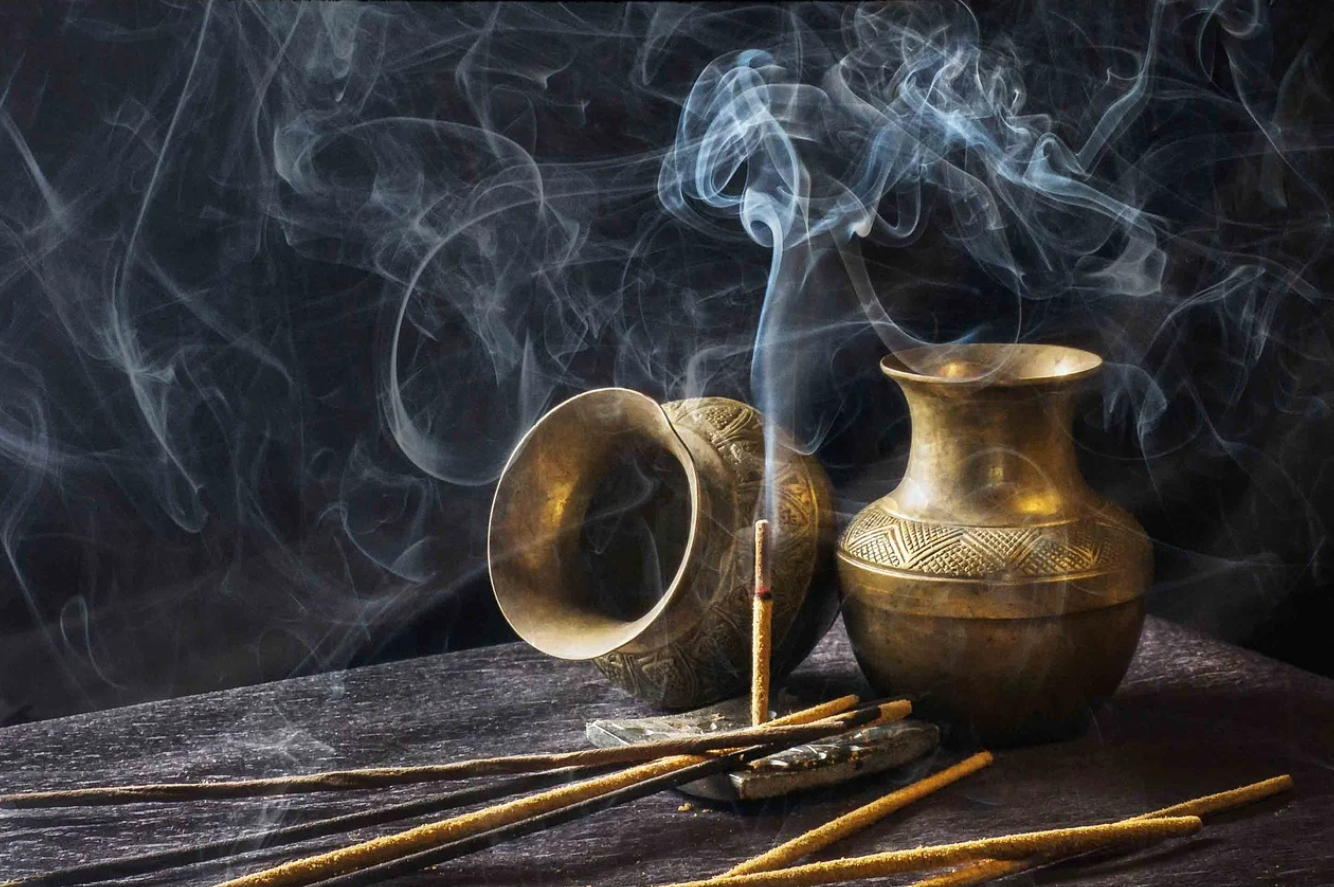
Of the history
The Egyptians made great expeditions to what was called Happy Arabia, a region located on the shores of the Red Sea east of Somalia or on the Yemeni coast, to bring back Incense woods and even sometimes whole trees to be replanted in the royal gardens. Frankincense was also sent to countries in the Far East. Frankincense from East Africa is considered the best quality.
A bit of botany
Boswellias are trees capable of living on pure rock where they form at the base of the trunk a kind of cushion covering the rock and retaining water. They carry more or less leaves depending on the degree of humidity. The different varieties of frankincense trees belong to the Burseraceae family, they can reach 5 meters in height. They live in the wild and particularly like arid, limestone and mountainous areas. Its small yellowish-white flowers appear in the axils of the leaves, they come in tufts. Frankincense is obtained by scratching the bark and cutting it to collect the tears that fall to the ground on the shrub.
Its mode of extraction
After elimination of woody debris and earth, very clean tears are recovered, these will be steam distilled to obtain a pale yellow extract. Extraction with petroleum ether or ethanol gives extracts that are darker in color, waxy and solid in consistency.
In perfumery
Frankincense is also used as a fixer. It is definitely a base note and breathes particular notes of lime as well as spicy, balsamic notes. It has a fairly heavy, oriental, reassuring, enveloping structure. When you smell its essential oil, it gives off a "rising" dimension, like an odor of "sanctity". It is intended for perfumes with an oriental, amber or powdery base.
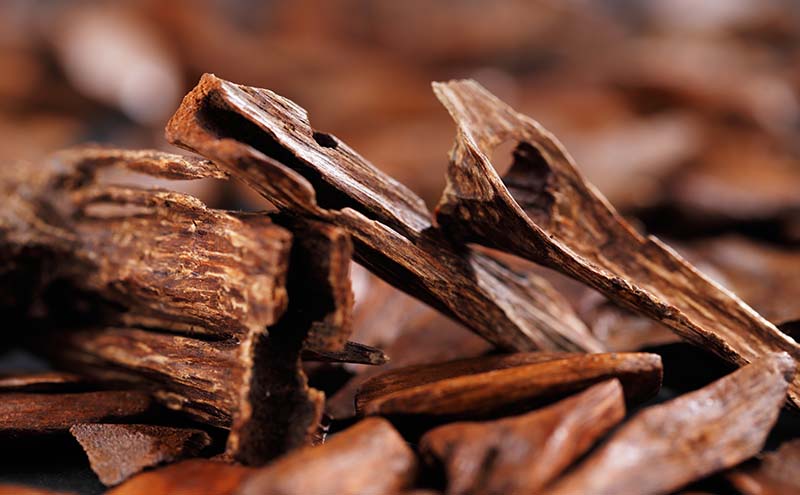
Sandalwood, santalum album, L. Santalaceae
Originally
Cultivated in India for four thousand years, sandalwood is the mystical tree par excellence of this country. It is native to India but is also found in Timor, Sri Lanka and Indonesia. The name sandalwood comes to us from the Arabic "sandal", which borrowed it from Indian languages. It is one of the oldest mentioned Indian perfumes.
Of the history
In Europe, its appearance dates back to the Arab presence in Spain: the famous Cordoba leather was scented with sandalwood. At the same time, sandalwood arrived in China via Cambodia, with which the Chinese maintained commercial relations by sea.
In the Middle Ages, three kinds were distinguished, white sandalwood, citrine sandalwood and red sandalwood. Although it has been known and used for a very long time, its essential oil has only been used in perfumery since the XNUMXth century.
A bit of botany
Today cultivated in large farms, Sandalwood is a hemiparasitic tree, that is to say that it lives as a parasite on the roots of other trees. Its leaves are lanceolate oval (elongated oval shape and ends in a point) always green, and its many small flowers are straw yellow evolving towards red. The bark is brown or dark reddish and its core is pale green. There are many varieties of sandalwood, but the "white" as well as the Sandalwood australedonicum are used in perfumery.
Its mode of extraction
It is cut and distilled when it is 30 years old. It is the roots and sandalwood that are distilled with water vapor after being reduced to powder. This operation is done either in often rudimentary local installations, or by more elaborate processes in Europe. It is a limpid, slightly viscous liquid with a characteristic sweet, woody odor.
In perfumery
The essential oil obtained is very fragrant and warm. Its smell is extremely tenacious, it goes well with floral and oriental notes. It is placed as a base note in perfume compositions, where it fixes the more volatile top and heart notes. It has an unctuous, round, milky, full side. Sandalwood enters into the composition of two families of perfumes: chypre and fern.
Summary
Cultivated in India for four thousand years, sandalwood is the mystical tree par excellence of this country. In the Middle Ages, three kinds were distinguished, white sandalwood, citrine sandalwood and red sandalwood. Although it has been known and used for a very long time, its essential oil has only been used in perfumery since the XNUMXth century. It is placed as a base note in perfumed compositions, where it fixes the more volatile head and heart notes. It has an unctuous, round, milky, full side. Sandalwood enters into the composition of two families of perfumes: chypre and fern.
Based on research by Tachka Sofer
Bibliography :
Small Mediterranean ethnobotany P. Lieutaghi, ed. South Acts
Natural and cultural history of perfume plants, FR. Aubaille-Sallenave, ed. Ibis
Perfumes E. De Feydeau, ed. Laffont
Essential oils for your health G. Roulier, ed. dangles
The perfumed herbarium F. Ghozland and X. Fernandez, ed. carrot feather
Aromatherapy exactly P. Franchomme and D. Penoëll, ed. Roger Jollois

End of the Virevolte adventure
Do not hesitate to consult the list of our resellers if you wish to buy one of our perfumes.
Julie Desoomer
